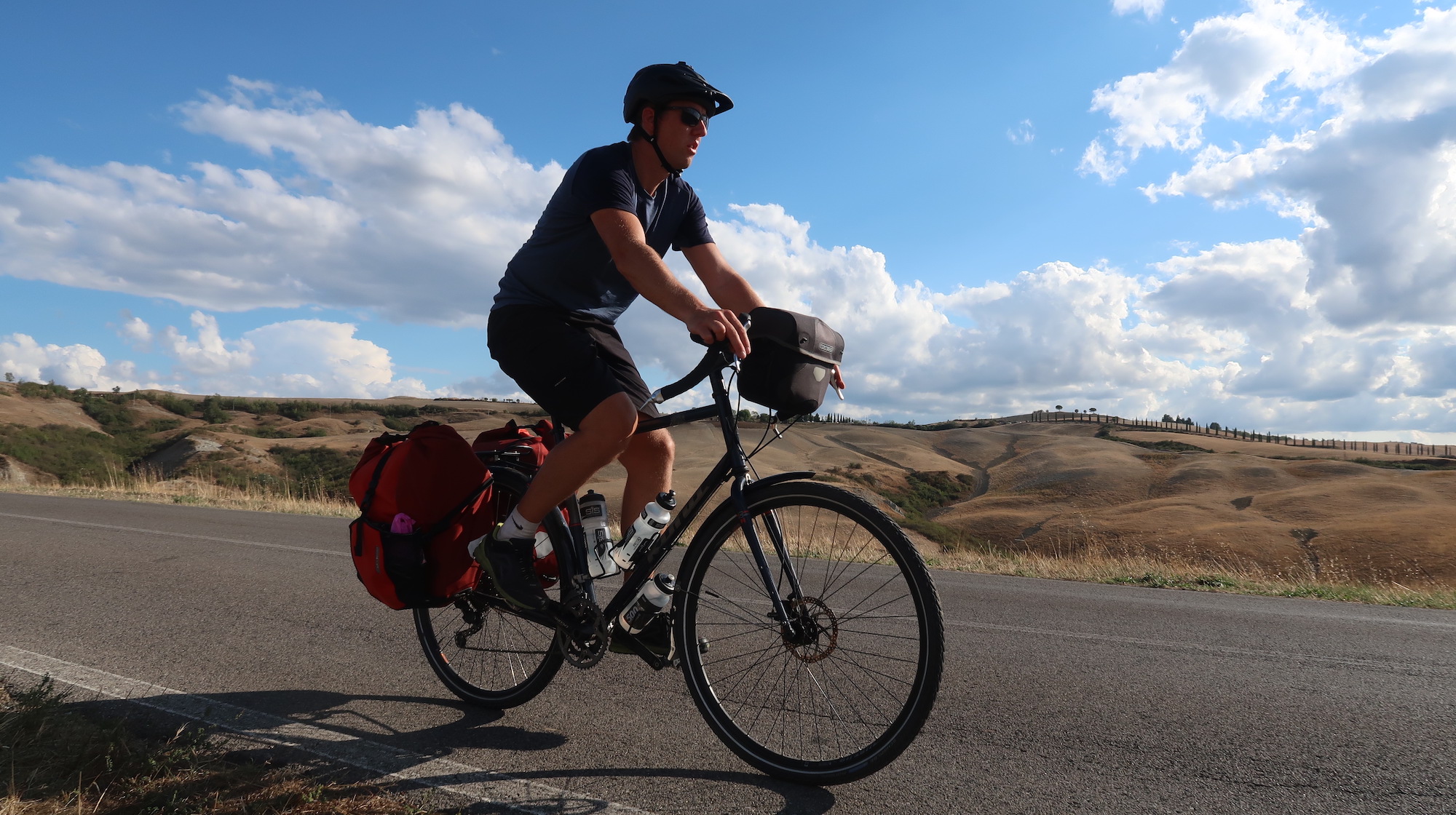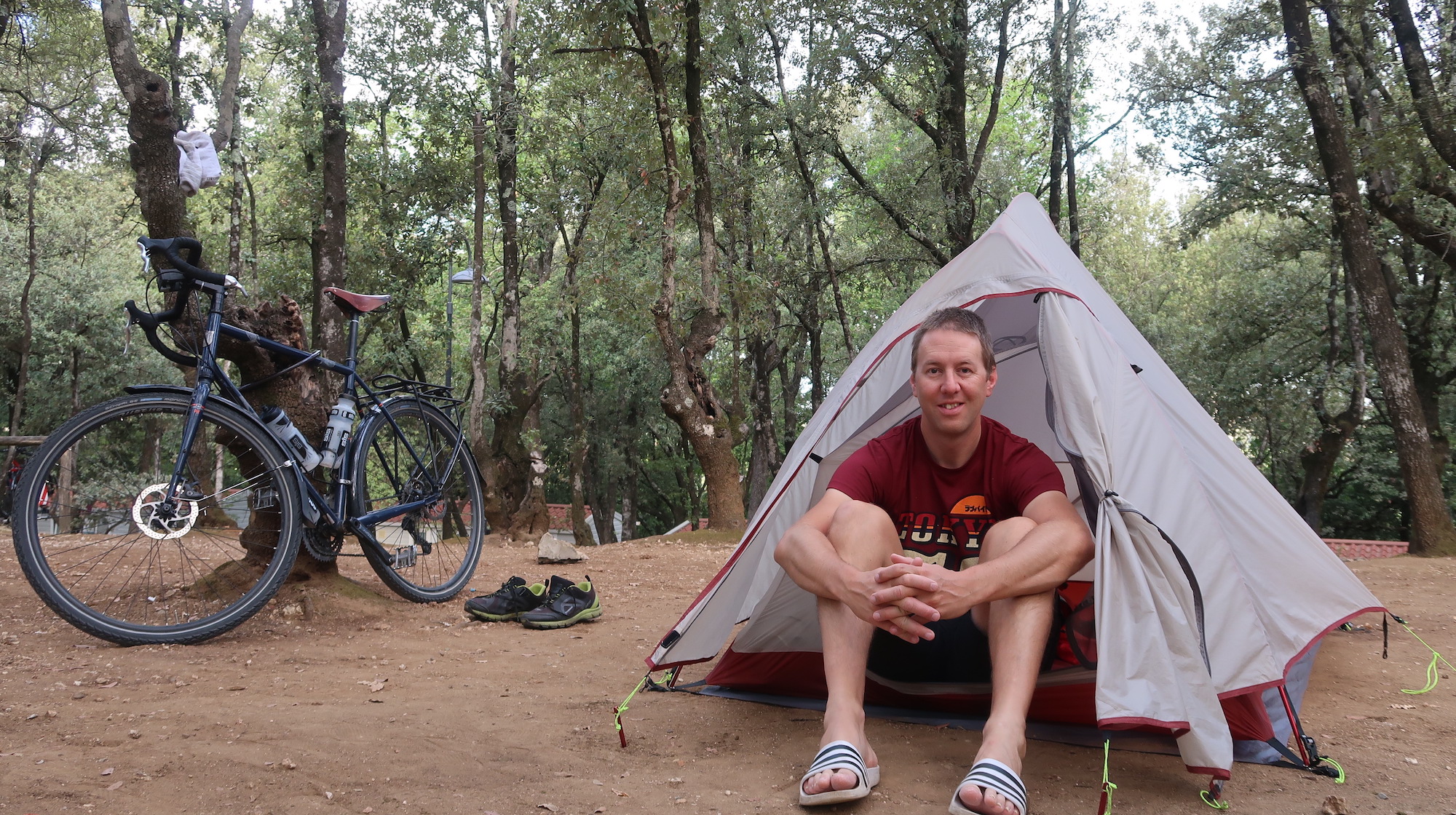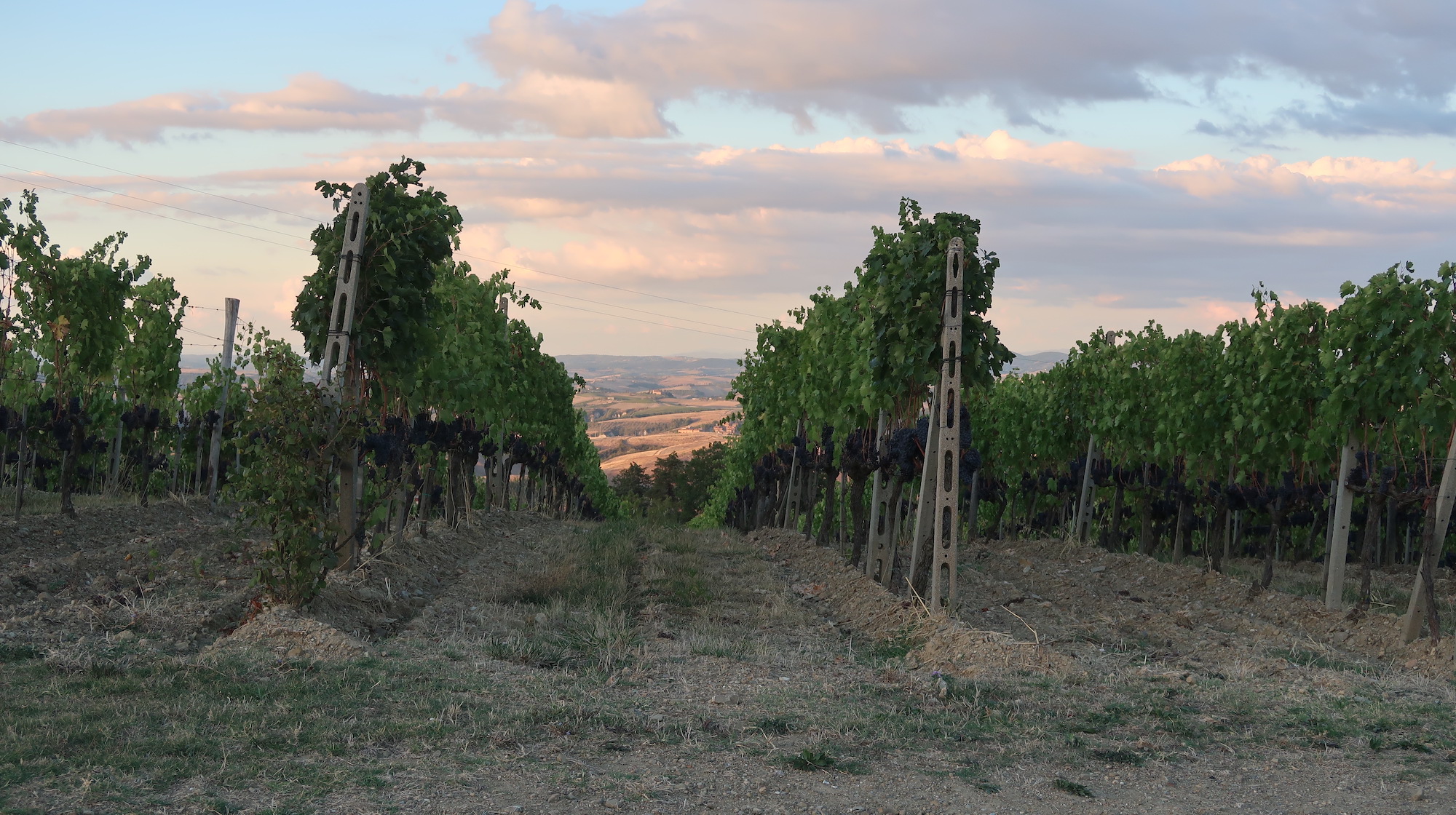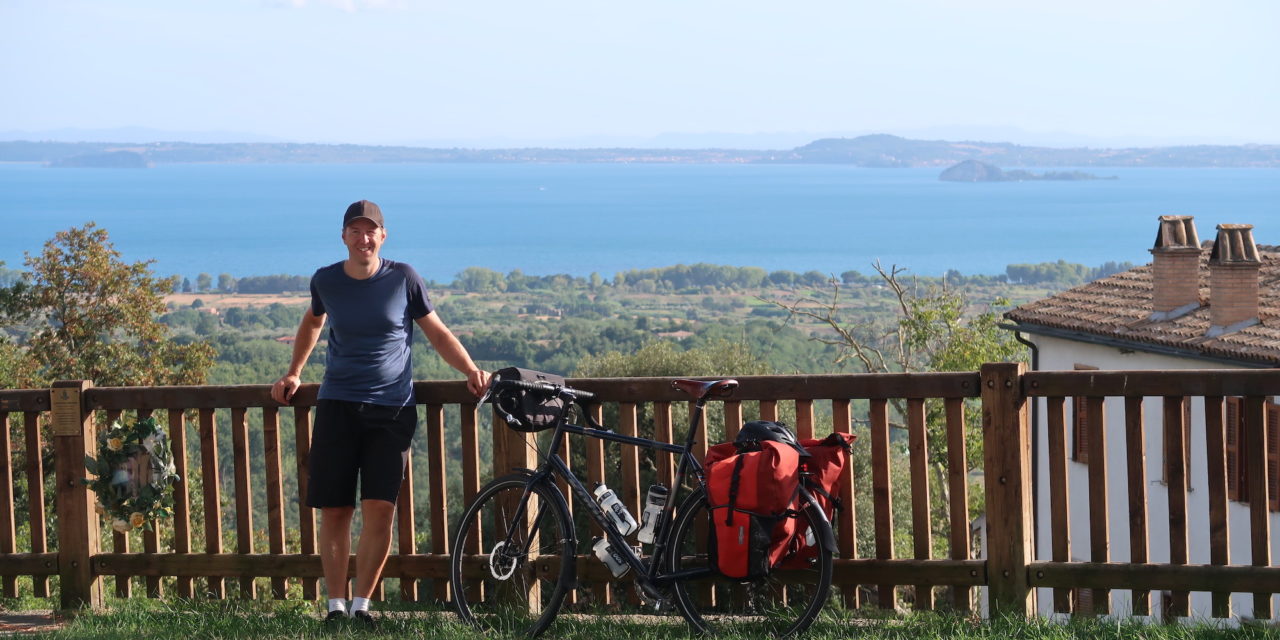By Ambassador Mikael Hedberg
After almost two years of no international bike touring I had my eyes set on Tuscany, Italy. I had visited Tuscany a couple of years earlier, but by that time by car. During that trip I felt driving and rushing through the fantastic landscapes was maybe not the best way to experience Tuscany. So I figured that discovering Tuscany by bike would be the perfect way of getting the full Tuscan experience.
Navigating through Tuscany is not always an easy task, since there are a myriad of old roads cutting through the landscape. Some even several thousand years old. By following one of the Eurovelos, either EV5 or EV7, you can save yourself a lot of headache. These routes are roads well suited for cyclists on a bike tour, some paved and some on gravel. They might not always be that well signposted though, so a good tip is to download a gpx-file to your phone or GPS before you leave on your trip.

However, I chose not to go with the pre-planned Eurovelo route. There were so many things in Tuscany that I really wanted to visit that weren’t on one of the Eurovelo routes, such as Florence, Pisa and Montalcino. My solution was to use the Eurovelo 5 as a sort of backbone route to fall back on, but to deviate from it here and there to be able to make a visit to the towns mentioned above. With that said all of these detours probably resulted in me taking a lot of harder roads with more steep hills and sometimes more traffic as well.

Tuscany as a bike touring destination certainly isn’t for everyone. In fact you’re probably going to find yourself sitting in the saddle climbing long hills for hours at a time. Tuscany is super hilly, there is basically no flat ground around. So you’re either climbing hills or flying down steep downhills most of the time. But at the same time it is extremely rewarding. The views over the undulating landscape is well worth the effort of making those long and grueling climbs.
I started my journey in a town called Massa about 40 km (25 miles) north of Pisa and ended my trip in Rome 9 days later. My daily average was around 60 km (40 miles), which doesn’t sound too bad. But when you take all the hills into consideration, making those 60 km was a solid day out on the bike.

I stayed in campgrounds all throughout the trip which turned out to be a great way to experience Tuscany. On average I paid 16-18 Euros (20 USD) per night, and I thought that was money well spent to be able to take a nice shower at the end of the day and to be able to charge my electronics.

Another great way to spend your nights in Italy is to stay at an Agriturismo, which is sort of a farm stay with all the extras. You’re often treated to a multi-course dinner and able to taste the local wine. But it’s much more than that, sometimes you might get to help out with the cultivation or harvest. You might learn how to make a local cheese, or press your own olive oil. But a bit of caution here, while you’re able to drop in unnoticed at the campground, if you’re planning on staying at an Agriturismo you need to book ahead. I learned this the hard way. I really wanted to stay at one during my time in Italy, but quickly came to the realization that everything was booked solid. It’s booked, Jerry! The Agriturismos are also a bit more expensive than the campgrounds. Expect to spend 80-120 Euros (90-140 USD) per night.
My bike tour took place in September and I would say that September or May are probably the best months to do a bike tour in Italy. Most of the campgrounds were still open and schools were back in session, so there was never a problem getting a pitch at a campground even though I’d never booked ahead. This allowed me to have full flexibility and I could decide how long I wanted to ride on that specific day without having to book a stay ahead of time. Plus the weather is really nice, I had around 25C during the days and around 15C during the nights. In total I only had about 30 minutes of rain during the whole bike tour.

The whole point of this bike tour was to indulge in the local culture, so I didn’t bring a stove. Instead I found inexpensive but delicious food and wine along the way. 15 Euros would get me a large pizza/pasta dish and two glasses of wine. Tuscany is well known for producing some of the best red wines in the world, including Brunello di Montalcino and Vino Nobile di Montepulciano. And you’re basically cycling right through the vineyards on your journey. You can’t go wrong with Italian cuisine either, I was amazed every single dinner at how delicious everything tasted. Even though many times I just ended up eating at the restaurant at the campground, it still tasted like a gourmet dinner. Then again, when you’ve been cycling for a whole day everything tastes amazing.


Unfortunately when you’re on a bike tour some things such as visiting museums can be pretty difficult to accomplish. But don’t worry, there are still a lot of things that are accessible from the saddle of your bike. All the major cities (Rome, Florence and Pisa) are pretty easy to get around on your bike and you’re able to get right up to the leaning tower of Pisa or the Colosseum to get that obligatory Instagram photo. You’re even allowed into the Vatican with your bike, as long as you’re pushing it instead of riding it. Plus the Tuscan landscape itself is worth the visit alone.
Overall bike touring or bikepacking in Tuscany is fantastic. The traffic might be a little bit hectic in and around the major towns and cities, but as soon as you get out on the countryside you’re treated to nice roads with little traffic and fantastic views. I can’t recommend it enough!


